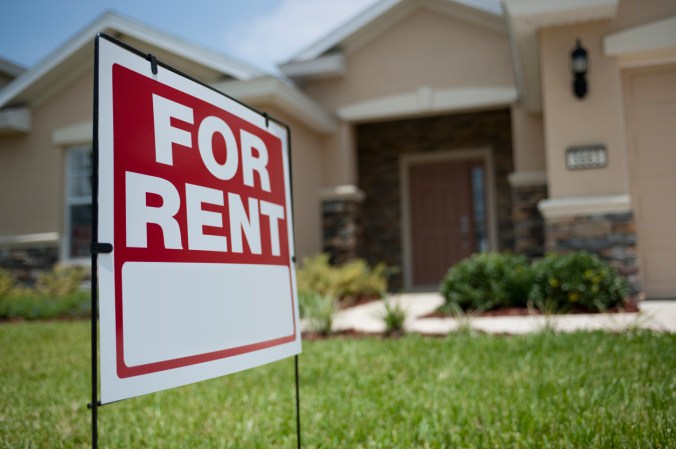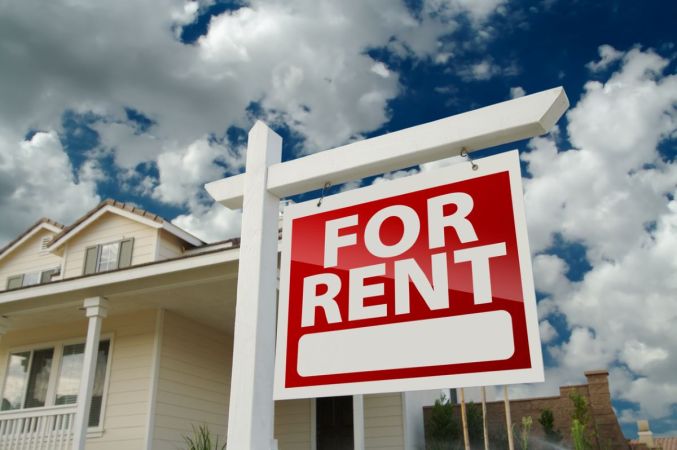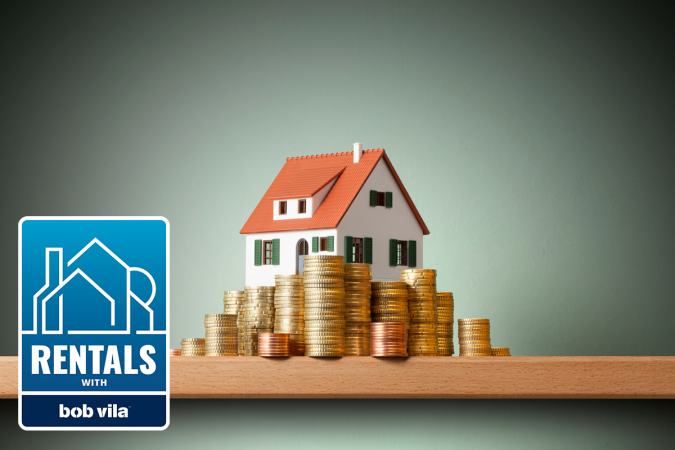We may earn revenue from the products available on this page and participate in affiliate programs. Learn More ›
The short-term rental (STR) market has exploded in recent years, generating about 30 percent more income on average than yearly rentals. Those numbers can go even higher if the rentals are in prime locations. However, being a short-term rental landlord does come with considerable drawbacks. They are extremely labor intensive, with frequent cleaning and constant oversight required. In addition, they are notoriously unpredictable and vulnerable to seasonal fluctuations.
Location can also be an issue. While high-demand locations are less likely to be empty during the weekdays, certain major cities have outlawed STRs altogether, making it illegal to rent an apartment for under 30 days. For landlords facing these issues, a new solution has recently taken hold in the vacation rental community—medium-term rentals.
RELATED: 8 Essential Renovations to Make in Your Short-Term Rental to Boost Income
What is a medium-term rental?
A medium-term rental or mid-term housing is an apartment or home where guests stay for a minimum of 30 days and less than 12 months. They are ideal for anyone who wants the flexibility to move with short notice and doesn’t want to be tied down to a 12-month lease.
RELATED: 6 Airbnbs That Show Why Themed Short-Term Rentals Are a Great Income Producer
Who benefits from mid-term housing?
The flexibility of mid-term housing offers benefits for both landlords and guests.
Landlords
For landlords who want the flexibility to offer rentals of less than a year, there are several benefits to offering mid-term housing.
Landlords can rent mid-term housing to tenants in cities that do not support short-term rentals: Popular cities such as New York and San Francisco do not allow short-term rentals because of their impact on the hotel industry. However, a medium-term lease circumvents this issue but still gives the landlord and tenants more flexibility than a 1-year lease.
They’re not as labor intensive as short-term rentals: Medium-term rentals do not have the same maintenance needs as STRs, such as daily cleanings and frequent guest check-ins and check-outs.
Damage from furniture move-in and move-out is limited: Yearly tenants move furniture and hang artwork, causing damage to rental units. As most medium-term rentals come fully furnished, there is decreased opportunity for damage.
Seasonal income can be mitigated: If your STR does well in the summer months but suffers in the winter, renting to medium-term tenants such as seasonal employees, travel nurses, or corporate relocation companies for 3 to 6 months during the winter provides steady income in the “off-season,” but allows the flexibility to maximize rent during the peak season.
RELATED: The Best Landlord Insurance Companies

Guests
For those who need to relocate for part of the year, a mid-term rental can be advantageous.
Students who need housing during school months: Students who want to secure housing during term time but want the flexibility not to have to pay rent in the summer can approach their landlords about 8- or 9-month lease options.
Travel nurses, corporate relocation services, and seasonal workers at e-commerce companies: Those in professions that require temporary relocation are ideally suited to medium-term rentals.
Digital nomads and remote workers: Whether you’re a full-time freelancer or an employee, remote working allows people to live in a new city for a few months before moving on.
Construction and manual workers: Construction crews often stay in long-term hotels for weeks or months. However, these can be basic, lacking the warmth and intimacy of a home, which a medium-term rental can provide.
Homeowners in transition: When a homeowner has sold their home and is waiting for their new home to become available or has moved to another town to look for a home, a medium-term rental can be a good option.
Are medium-term rentals furnished or unfurnished?
Like STRs, medium-term rentals are usually provided to guests fully furnished. This is why they are a great option to toggle between high turnover, high renting STRs in the peak summer months, and stable medium-term rentals in the slower winter months. The furniture remains the same.
The only difference is the greater responsibility of the landlord or the management company to organize cleanings, monitor check-ins and check-outs, and restock linens, bedding, and toiletries.
What are the usual rental periods for medium-term rentals?
If you want to maximize the STR market in the summer months, renting for 1 to 3 months, 3 to 6 months, or 6 to 9 months in the off-season is common. A month-to-month lease option is good for guests who are unsure how long they intend to stay and want the flexibility to keep extending. These leases are usually more expensive than longer leases.
RELATED: A Leading Vacation Rental Site Catches Up With the Times—But How Does It Stack Up?

Where can I find medium-term rentals?
These are some of the most popular sites where you can find medium-term rentals:
FurnishedFinder.com: This is just a listing site, not a booking site.
Airbnb.com: Although this is known as an STR site, many owners list medium-term rentals on here, too.
VRBO.com: Also known for STRs, VRBO has medium-term rentals, too.
Booking.com: Like its other rivals, this popular site also lists medium-term rentals.
Landlords who have a successful medium-term rental experience do these essential things.
Don’t use a generic lease agreement: Make your lease agreement specific to the lease period and use terminology that makes it easier to evict your tenant should the situation arise. Each municipality has different laws, but it is usually much easier to evict a tenant on a month-to-month or another short-term lease than a yearly lease, so do not use a yearly rental lease agreement.
Furnish your apartment accordingly: Clean, stylish, well-furnished apartments in neutral colors are always desirable bets. However, the increase in remote workers has made a desk or office space, a comfortable chair, powerful WiFi, and plenty of lighting essential these days.
Security is important: When guests are new to an area, they will appreciate robust security. Unique keypad access, exterior lighting, and surveillance cameras will help your property remain rented.
A fully equipped kitchen goes a long way: No one wants to go out and have to buy kitchen utensils that they won’t take with them, so having a fully stocked kitchen with utensils, plates, pans, a coffee maker, and kettle is essential.
On-site laundry is important: Dragging clothes and bedsheets to a laundromat in a new town or city is no fun. Make your guests’ stay as convenient as possible by providing on-site laundry, even if it is coin/card operated.
RELATED: Solved! Should I Get a Home Warranty for a Rental Property?









